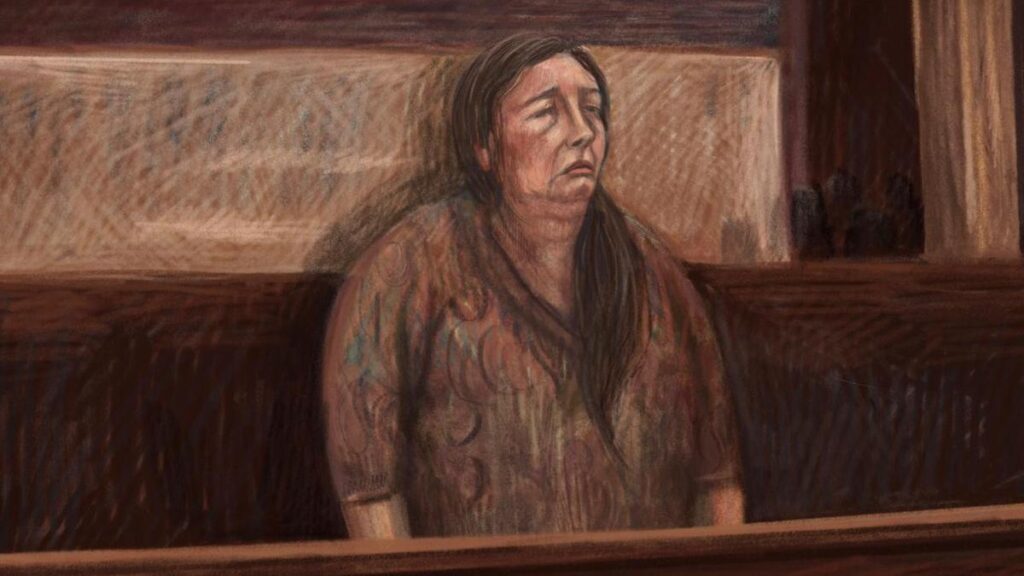
UPDATE: Dangerous inmate Erin Patterson lives under strict conditions in the Dame Phyllis Frost Correctional Centre, only able to communicate through a mesh fence with a notorious terrorist inmate. In a dramatic court session on Monday, Patterson’s lawyers argued for her non-parole period, revealing shocking details about her life behind bars and the unique challenges she faces due to her high-profile case.
Patterson, 50, has been in protective isolation since her arrest in November 2023, spending up to 24 hours a day in her cell. Her barrister, Colin Mandy SC, highlighted the isolation resulting from the “notoriety” of her crimes, which involve the tragic deaths linked to mushroom poisoning. This has prompted corrections officials to restrict her movements for safety reasons.
Court testimony from Jenny Hosking, assistant commissioner of Corrections Victoria, revealed that short staffing at the prison—exacerbated by a decline in inmate numbers during the COVID-19 pandemic—has led to increased lockdowns, further limiting Patterson’s access to communal areas. Patterson has a small outdoor courtyard attached to her cell, but her opportunities to utilize it have been severely restricted.
Mandy stated that Patterson was approved for limited interaction with another inmate, identified as Momena Shoma, known as the “Tiny Terrorist.” Shoma is serving a lengthy sentence for stabbing another inmate and has not been a source of comfort for Patterson, as she has not spoken to her at all. “There has been no request by Ms. Patterson for access to that person,” Mandy confirmed.
Patterson’s access to the prison library has also been minimal, with only a handful of visits facilitated under heavy guard. Each trip requires her to be escorted by two officers in a prison van, allowing her just 20 minutes to browse. Her attempts to visit the leisure center have been thwarted by locked doors, leaving her with limited social interaction in an already isolating environment.
Despite the harsh conditions, Hosking emphasized that Patterson’s placement in protective isolation is under continual review, though Mandy argued that her notoriety would likely keep her in isolation indefinitely. The emotional toll of such confinement, especially in light of her crimes, raises urgent questions about inmate welfare and prison safety.
As the court case continues, advocates for inmate rights and mental health are watching closely. What happens next could determine not only Patterson’s future but also shine a light on broader issues of prison management and inmate treatment.
This developing story underscores the complex intersection of crime, punishment, and human rights within the prison system. Further updates are expected as the court deliberates Patterson’s fate and her living conditions continue to evolve.






